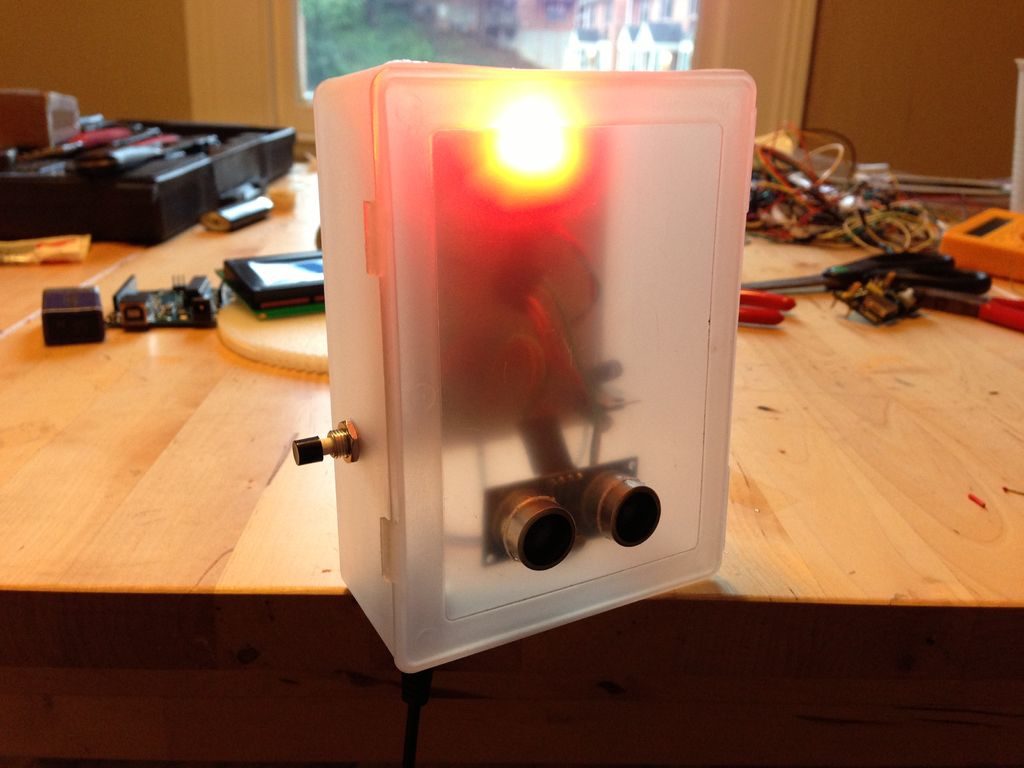- makeITcircular 2024 content launched – Part of Maker Faire Rome 2024Posted 2 weeks ago
- Application For Maker Faire Rome 2024: Deadline June 20thPosted 2 months ago
- Building a 3D Digital Clock with ArduinoPosted 7 months ago
- Creating a controller for Minecraft with realistic body movements using ArduinoPosted 7 months ago
- Snowflake with ArduinoPosted 8 months ago
- Holographic Christmas TreePosted 8 months ago
- Segstick: Build Your Own Self-Balancing Vehicle in Just 2 Days with ArduinoPosted 8 months ago
- ZSWatch: An Open-Source Smartwatch Project Based on the Zephyr Operating SystemPosted 9 months ago
- What is IoT and which devices to usePosted 9 months ago
- Maker Faire Rome Unveils Thrilling “Padel Smash Future” Pavilion for Sports EnthusiastsPosted 10 months ago
DIY an Arduino Ultrasonic Garage Parking Assistant

Recently, low-cost microcontrollers like the Arduino have opened new doors for makers looking to do fun and interesting things with their vehicles.
If you’ve ever had to park your car in a small garage or cramped space, you probably understand the frustration of not knowing how much room to leave behind and in front of your car. Instructables user rclymer set out to solve that problem with an Arduino, some LEDs, and a low-cost distance sensor.
As you pull your car closer to the sensor, the Arduino-based project displays green, yellow, and red lights to let you know when it’s time to stop.
If you then want to make it smaller, cheaper and more permanent, plus, not have to leave your Arduino in it, flash the software over to an ATtiny85-20PU.
All you need is:
- Arduino(any will do)
- Project housing
- HC-SR04 Ultrasonic distance sensor
- Breadboard
- RGB LED (He prefers one that has a high brightness rating and is frosted)
- Button
- resistors ~ 220 ohm (this all really depends on the strength of the LED you choose)
- resistor ~ 10k ohm ( button)
- Jumpers
- Power supply – You have a few options here depending on whether you chose to leave the Arduino board inside or use the ATtiny85
If you choose to use the ATtiny then you will need
- ATtiny85
- DC input jack
- 5V regulator
- 2x 10uf electrolytic capacitors
or - Breadboard power supply
Best of all, you can easily modify the project’s code to set different target distances. A self-proclaimed environmentalist, Rclymer even programmed a power-save mode to save electricity.
Not bad at all!
















